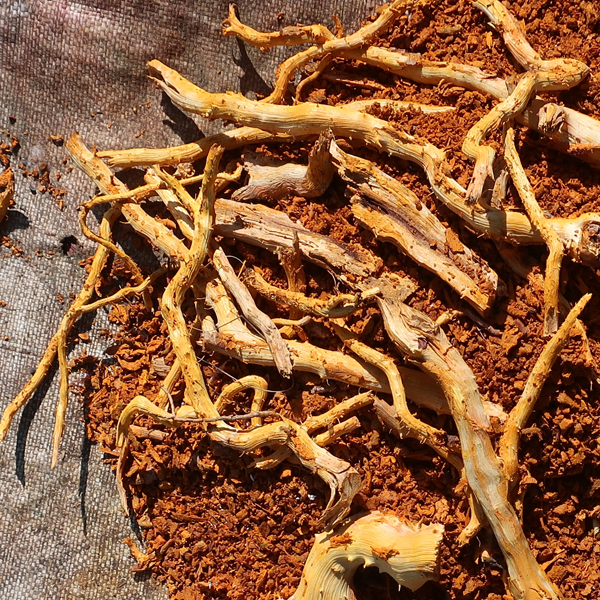
I learnt about Australia by learning to weave.
A conversation with a friend in 2010 led me to dig out a newspaper article that I had carefully tucked away for ‘one useful day’. After a little bit of research, I was soon on a plane up to Darwin to meet a bunch of women from all over Australia in a suburban car park. We had a few hours to pack our gear into and on top of the Troopys before we set out East, way out East, for two weeks. Our destination was Mäpuru in North East Arnhem Land. The journey took two full days driving on dirt, included a significant river crossing that involved becoming a croc spotter and ended with a very slow last 70km spread out over 5 hours due to the extremely wet, wet season! It certainly set the scene for slowing down and observing.
Mäpuru is home to about one hundred Yolngu people living on their Ancestral Estates. There are nine community houses, two teacher houses, a school, an unsealed dry weather airstrip and a very small community-run store selling essential dry goods and household items. Water comes from a natural spring, swimming is in the creek and the surrounding land provides the town with abundant food – seafood, bush food and feral buffalo. At that time, the town ran off diesel power, the constant hum of a machine provided city familiarity. Now they have a solar bank and the natural world and community life fill the air.
I certainly didn’t know it at the time, but that adventure to Mäpuru would literally change my life. It challenged my world view, my priorities and my values. That ‘holiday’ had such a massive impact on me that I have returned every year since, other than the year I was completing my Grad Dip.
Visiting Mäpuru has become my familiar mid-year city exit. Two weeks of intense learning, warm air, deep cultural knowledge, camping and acceptance. My new Yolngu family has taught me more about Australia in ten years than I had gleaned in my first thirty-three. Learning at Mäpuru has opened my mind to a completely different way of living, being and relating to everything and everyone. I definitely do not profess to know it all, far from it. I am an absolute beginner, on my training wheels, taking baby steps. But these steps make sense, culturally, physically, emotionally and environmentally.
What started out as learning how to weave under the expert guidance of the Arnhem Weavers, has turned into so much more. By challenging my world views, my priorities as a designer have shifted, I have retrained as a school teacher to work in very remote bicultural schools, helped set up cultural exchanges for Yolngu women to Melbourne and I constantly think about the impact of the things I choose to eat, use, wear, say and do.
Weaving has provided an excuse for me to really learn about the country I’ve call home my entire life. I am learning how to see – food, medicine, markers, healthy land and sick land. I am learning how complex nature is, how dislocated from it my life has been and how integral and ‘useful’ every part of it must be in our lives. I absolutely know that non Indigenous people have so much to learn and so much to let go of.
With the expert teaching of Master weavers, I have been able to make many bathi over the years. I have learnt about the long and arduous process and skills required just to make the weaving materials! I am constantly blown away by the colour spectrum that can be achieved from natural bush dyes and the masterful scientific knowledge of the women weavers. I still can’t peel pandanus and make a very rustic version of string!
In 2018 I lived at Mäpuru and worked at the school. I saw the seasons change before my eyes, not with European markers of Autumn leaves and blossom. At Mäpuru, I was introduced to a different grain of understanding season – plants, wind direction, animal behaviour, weather. A grain that requires skills in reading nature, deep knowledge and connection to country for survival. Kids in pre-school taught me about food, kinship, visual markers, bush treats and how to have fun, constantly pointing out things my ‘city eyes’ had trouble seeing. Adults taught us all deeper lessons, lessons to survive by. We often went on excursions, walking excursions into the bush around the town. The classroom at Mäpuru is abundant.
This year 2020, would have marked ten years of visits to Mäpuru. Unfortunately, the world had other plans and visiting was out of the question. Instead, I have spent a lot of time reflecting back on what I have seen, experienced and learnt.
You can visit the Arnhem weavers at arnhemweavers.com.au for weaving information, Ceres Global for weaving trips or Friends of Mäpuru for occasional weaving workshops in Melbourne. Picture of my bathi weaving can be seen here.
Image credit: © 2020 Loredana Ducco





